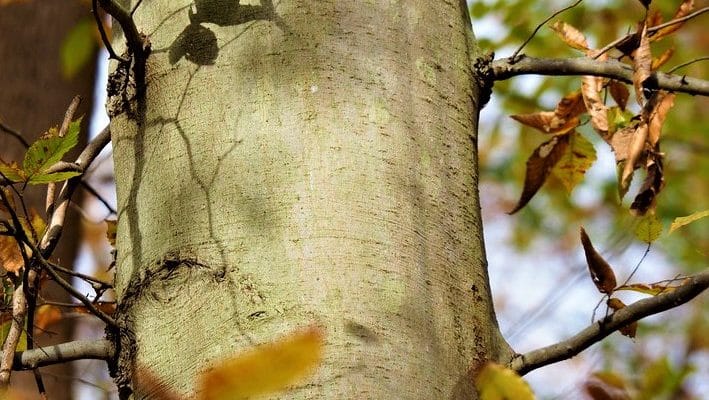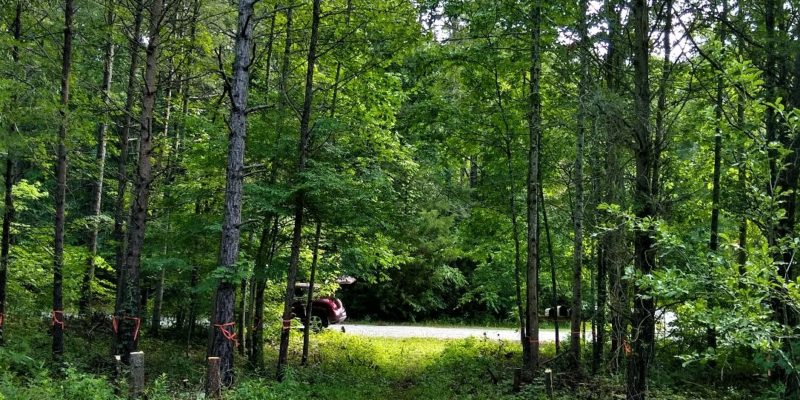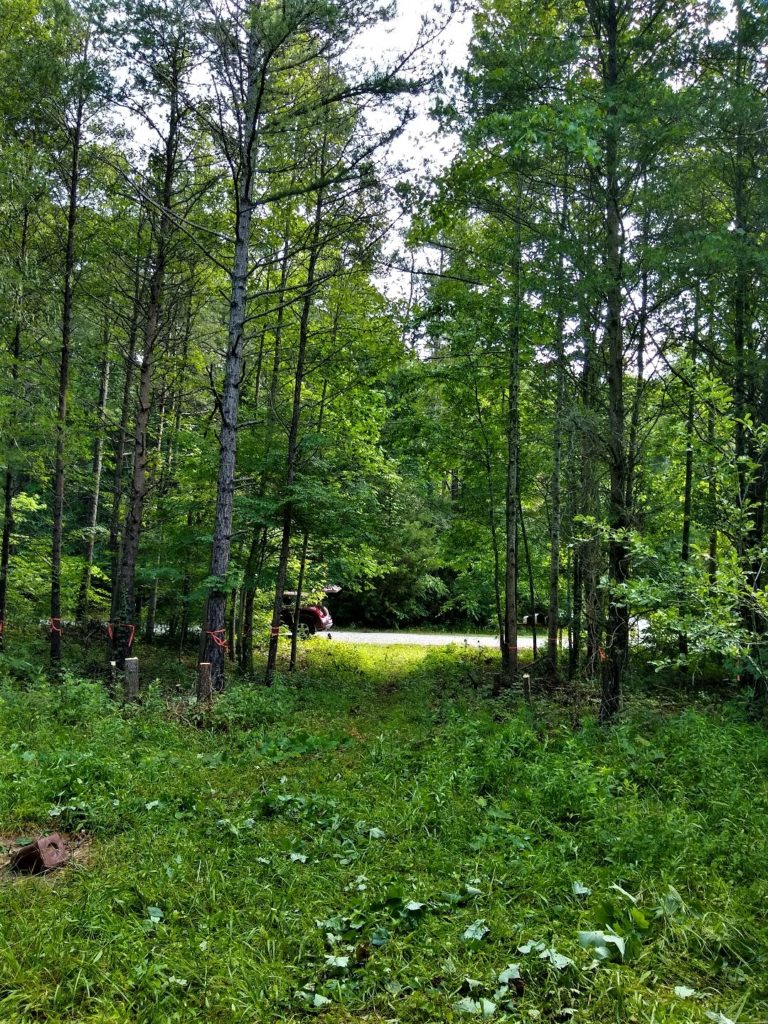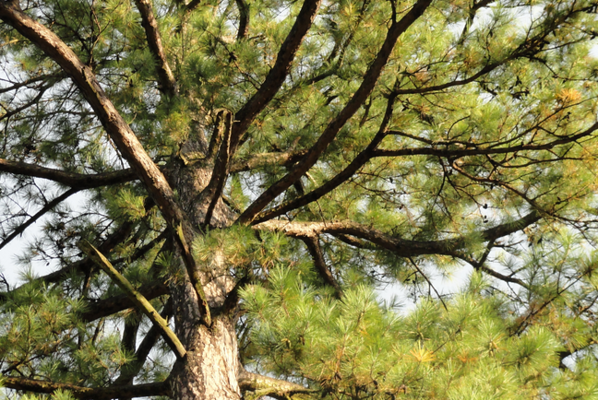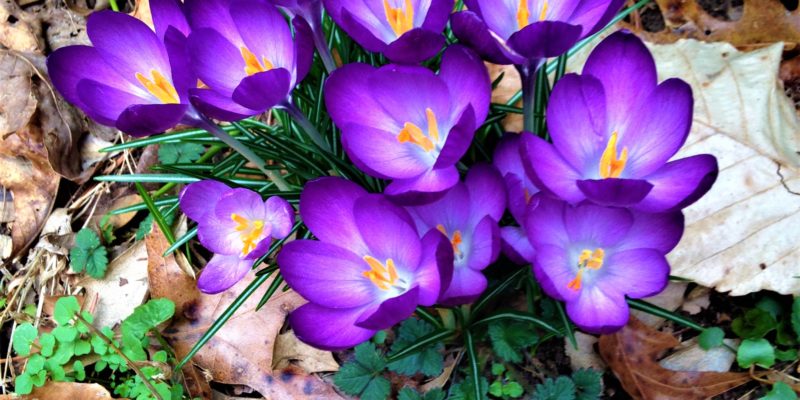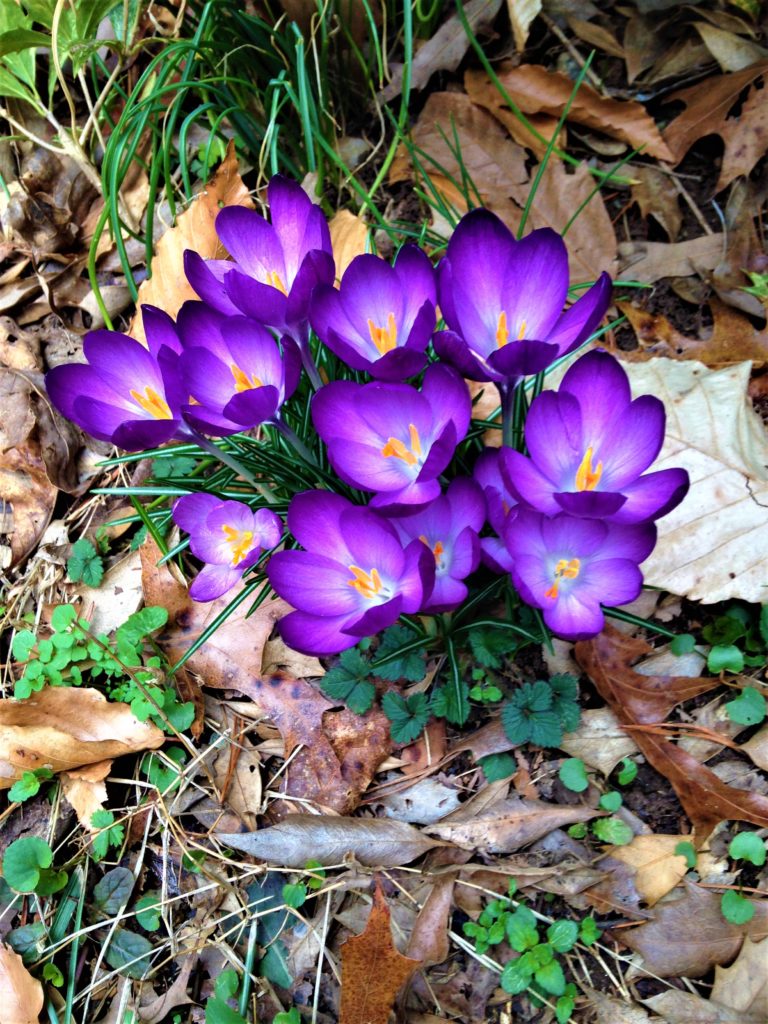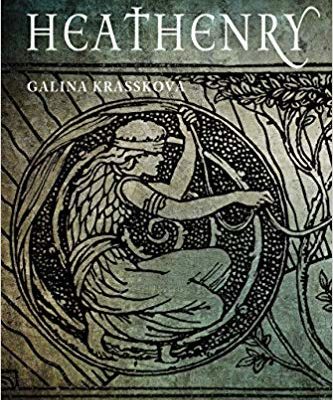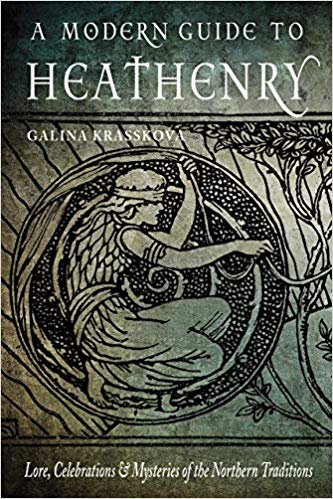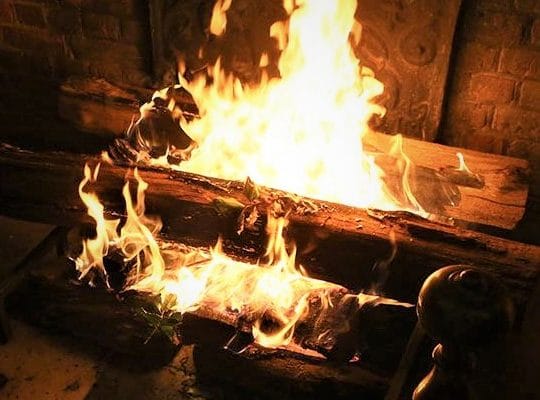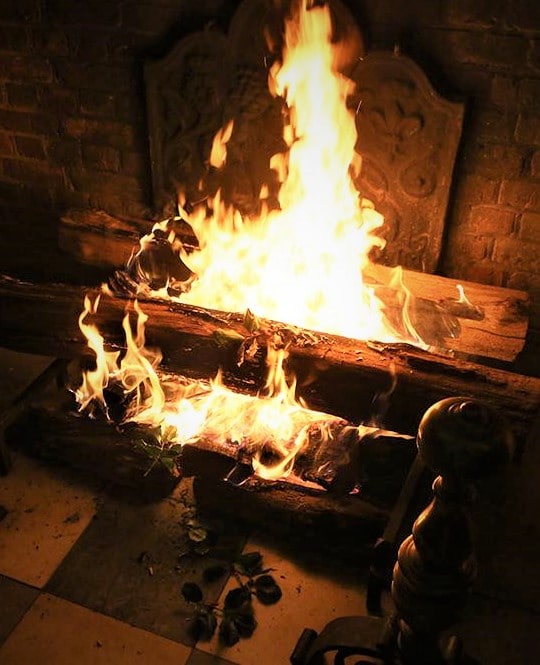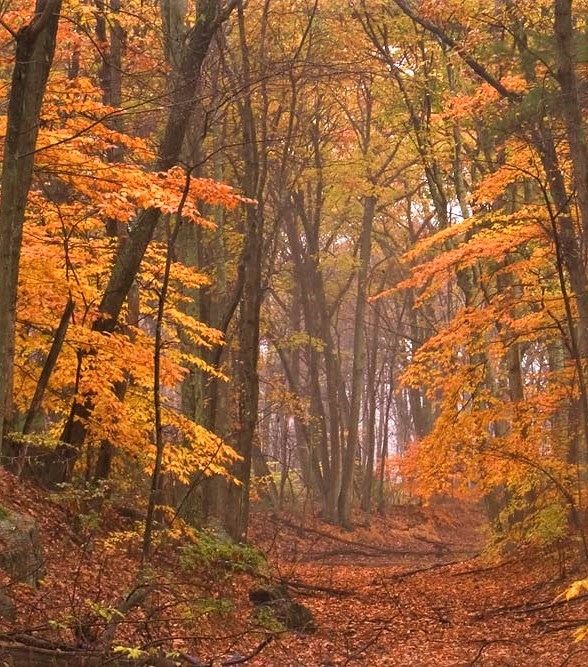
Twenty years ago, after a long search for the perfect haven, my husband and I purchased part of an old farm in southern Stokes County. The land was long gone to forest, and our tract a wedge-shaped portion including a high sandstone bluff overlooking a broad stream encircling loamy bottomland where the indigenous Saura people once camped and traded. Much of the bluff was cloaked in a mixture of evergreen hemlocks, red oaks and, to my great delight, beeches.
[Read more…] about Grandmother Beech